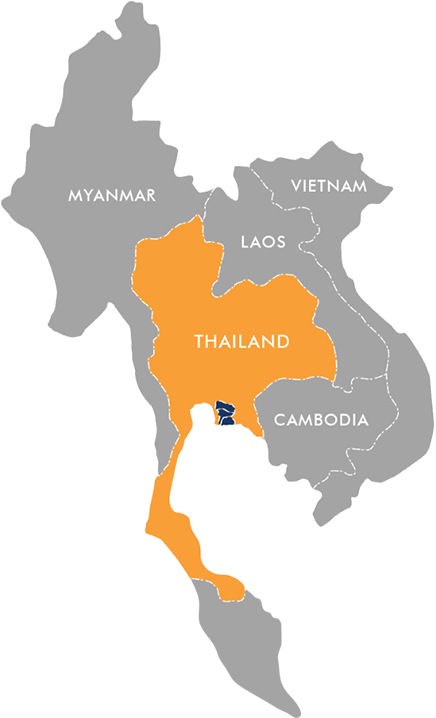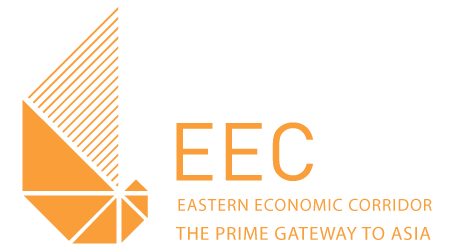- Why EEC
- Business OpportunitiesBusiness Opportunities
- Next-Generation Automotive
- Intelligent Electronics
- Advanced Agriculture and Biotechnology
- Food for the Future
- High-Value and Medical Tourism
- Automation and Robotics
- Aviation and Logistics
- Medical and Comprehensive Healthcare
- Biofuel and Biochemical
- Digital
- Defense
- Education and Human Resource Development
- Investment in EEC
- EEC OSS
- EEC Capital City
- News & InformationNews & Information
- Integrity and Transparency Assessment (ITA)Integrity and Transparency Assessment (ITA)
- About EEC
- Contact EEC

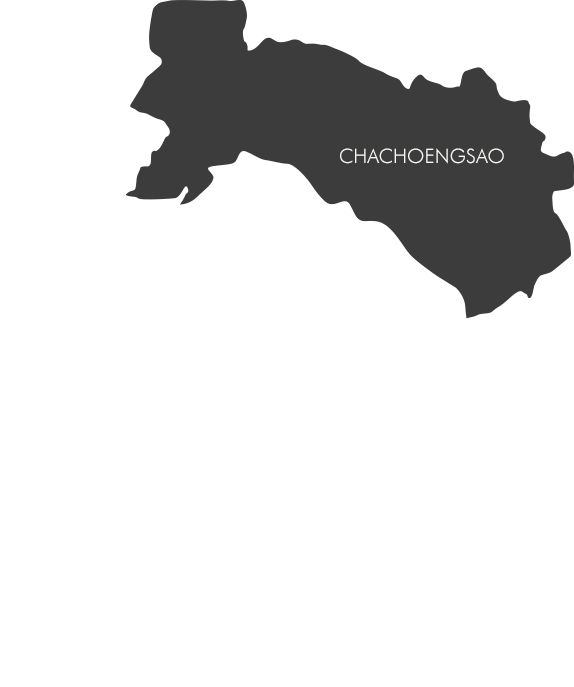
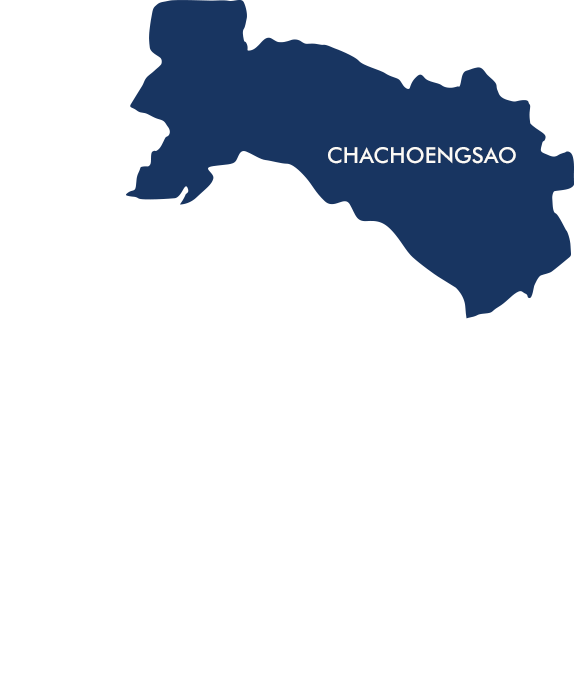
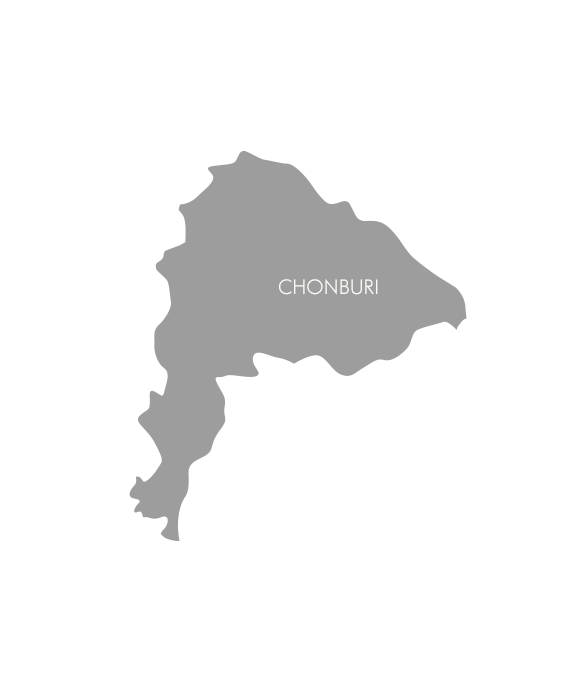
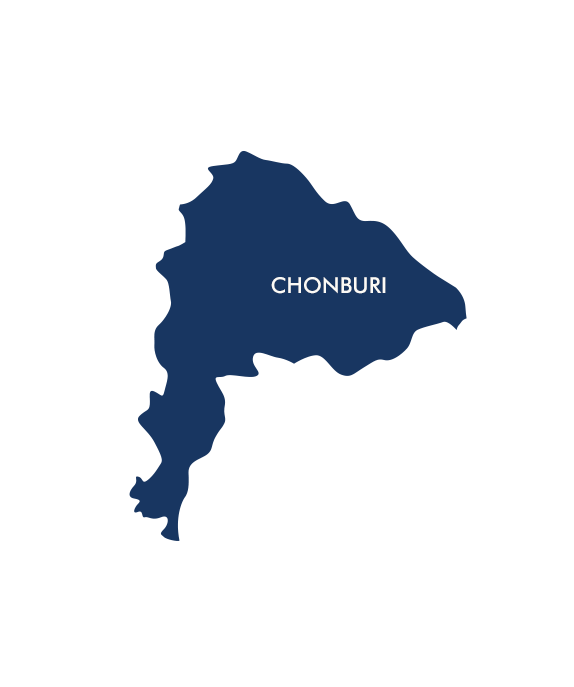
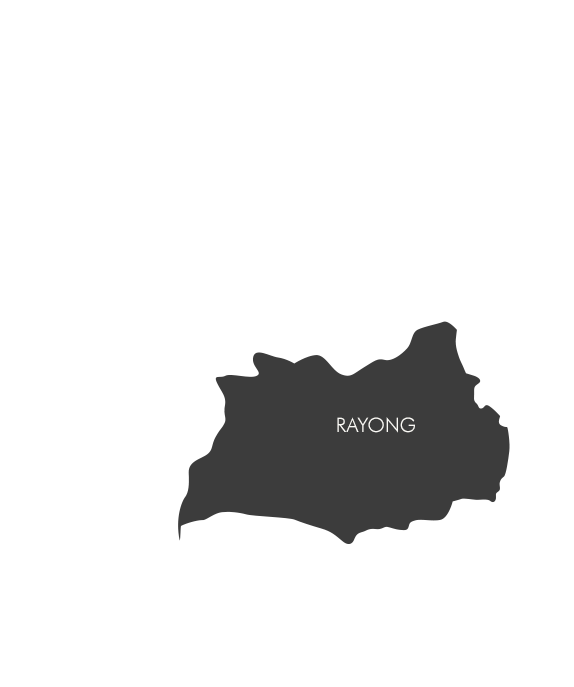
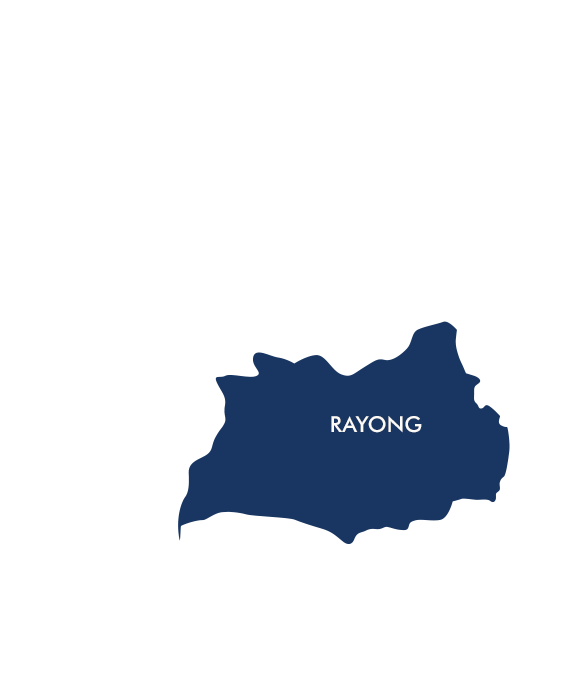
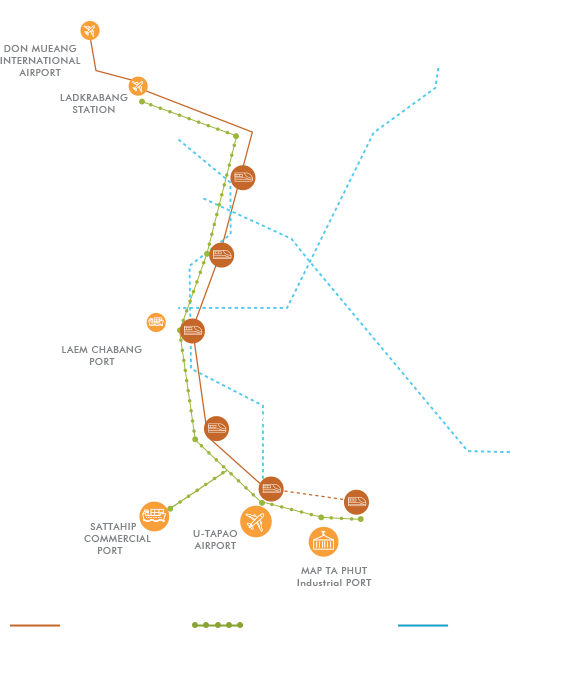



EEC at Glance
A Captivating Past
The Eastern Economic Corridor (EEC) development lies at the heart of Thailand 4.0 scheme.
The EEC is an area-based development initiative, aiming to revitalize the well-known Eastern Seaboard where,
for 30 years, numerous business developers have experienced a rewarding investment journey and exceptional achievements.
The EEC project initially focused on the 3 Eastern provinces, namely Rayong, Chonburi, and Chachoengsao. The EEC development plan envisages a significant transformation of both physical and social development, plays an important role as a regulatory sandbox uplifting the country's competitiveness.
| Area | 5,351 km2 |
| Population | 785,973 |
| GDP (Million THB) | 348,271 |
| GDP per capita | 443,108 |
| Percentage of Thailand's GDP | 2.2% |
| Area | 4,363 km2 |
| Population | 1,567,000 |
| GDP (Million THB) | 1,040,474 |
| GDP per capita | 663,991 |
| Percentage of Thailand's GDP | 6.4% |
| Area | 3,552 km2 |
| Population | 908,778 |
| GDP (Million THB) | 989,486 |
| GDP per capita | 1,088,809 |
| Percentage of Thailand's GDP | 6.1% |
